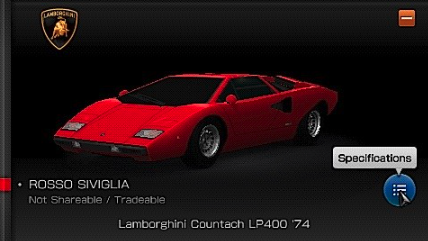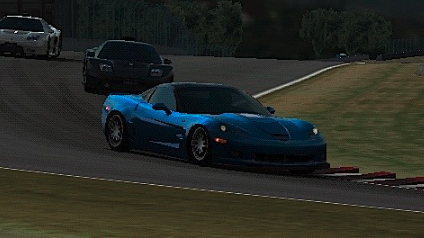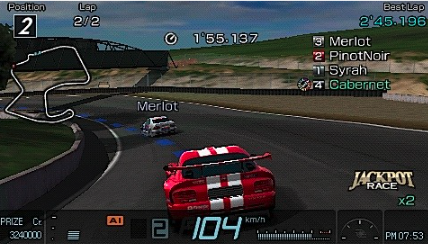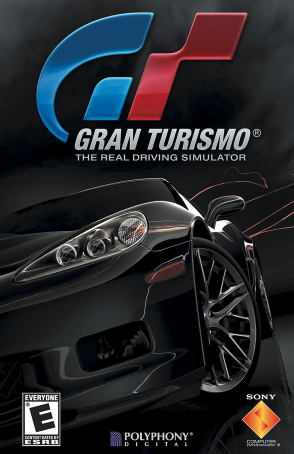In 2004, Nintendo had a vice-like grip on the portable gaming market thanks to multiple generations of game boy consoles stretching back to the original brick with its four shades of gray-green through the graphically superior (and colorful) GameBoy Advance. By the end of the year, the Nintendo DS would arrive on store shelves with a destiny to become the greatest selling handheld console of all time. And yet, that very same year, Sony entered the handheld gaming market with a device that attempted to bring home console-quality gaming to a portable screen.
The PlayStation Portable launched a multi-prong attack on the handheld gaming market. First, it gave players the opportunity to watch movies and TV shows on its tiny screen (who wouldn’t want to be able to watch the original Tron anywhere?) Second, it served as an audio device, allowing PSP owners to load up a memory stick with MP3s for portable playback. Third, it brought sequels to library-defining titles on the PlayStation 1 and 2 to the portable screen. Metal Gear, God of War, and Final Fantasy got numerous entries on the PSP, each attempting to deliver an experience comparable to its living room-based counterparts. So while it was practically inevitable that Gran Turismo, Sony’s premier racing title, would eventually grace the PSP screen, no one could have predicted that it would go so hard!


Gran Turismo launched for the PSP along with the launch of the PSP GO, an updated version of the portable hardware, in 2009. It would be the first time the series graced a portable console and it brought the goods. The game boasts 40 tracks including a list of real-world raceways (like Cote d’Azur and Suzuka Circuit), fictional tracks created for the game, urban tracks based on cities like New York and Paris, and a selection of dirt and snow rally tracks.
While the typical career mode and the ability to upgrade cars were gone in Gran Turismo’s first portable entry, players could still stock a garage full of cars by winning races—and there were 800 licensed cars to collect. Multiple new manufacturers were included in Gran Turismo on PSP for the first time in the series, including Bugatti and Lamborghini.
And like the PSP itself, the game came with numerous technological tweaks to get the most out of your racing experience. Remember that memory stick full of MP3s I mentioned? It was possible to replace the default soundtrack with music of your choice. If your ideal racing conditions in 2009 involved blasting The Black Eyed Peas at full volume, Gran Turismo had you covered.


Multiplayer was available via an wireless ad-hoc mode, meaning you didn’t have to plug a wire into two PSPs, but you and your racing opponent would have to be relatively near each other to play. Through this same ad-hoc connection, it was also possible to trade and gift your hard-won cars like so many gas-powered pokémon.
Best of all, Gran Turismo on the PSP was forward-compatible with the then upcoming Gran Turismo on the PlayStation 3. This meant that all the vehicles in your garage would be playable when Gran Turismo’s next console release dropped. And while Gran Turismo stands alone as an excellent entry into the series, it’s likely that this forward compatibility with Gran Turismo 5 certainly didn’t hurt its sales figures. Eventually, Gran Turismo on PSP would go on to sell more than 4 million copies, earning its spot among the best-selling PSP games.
